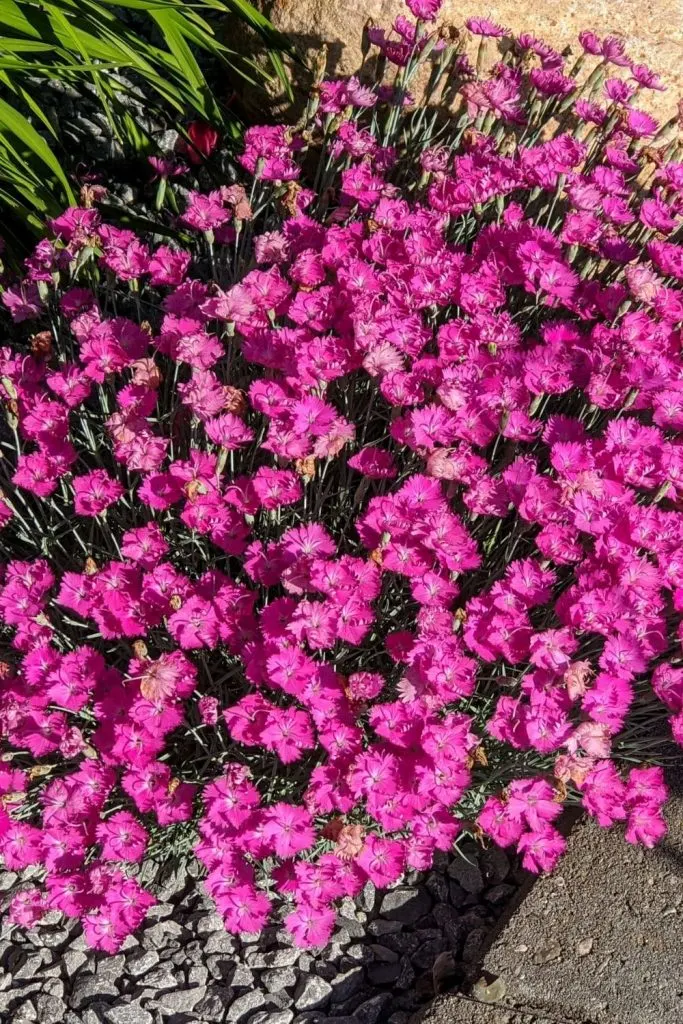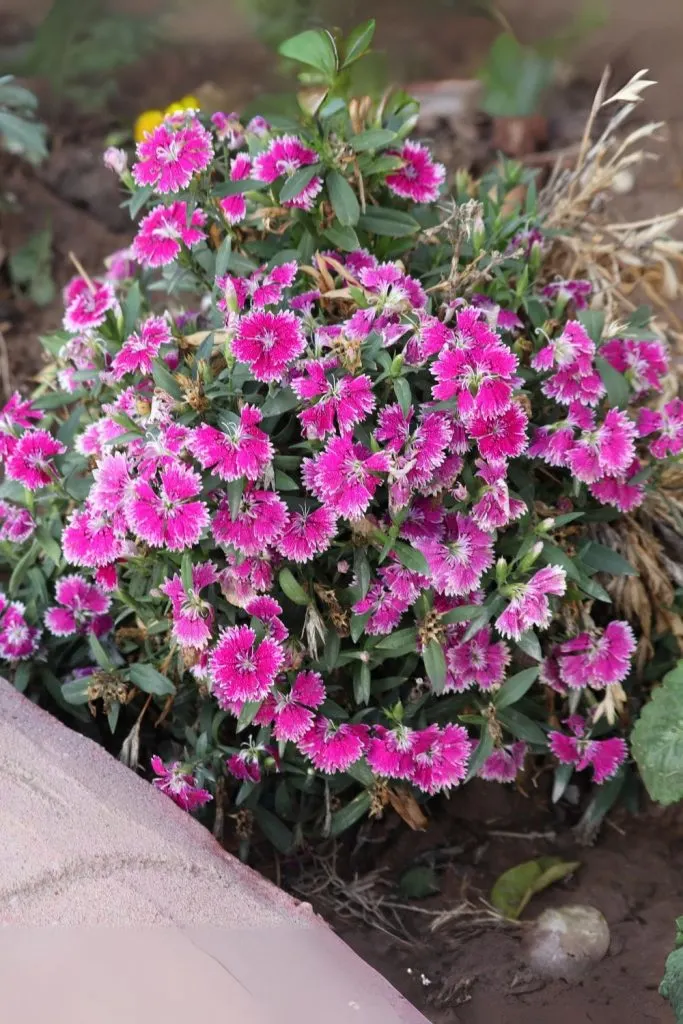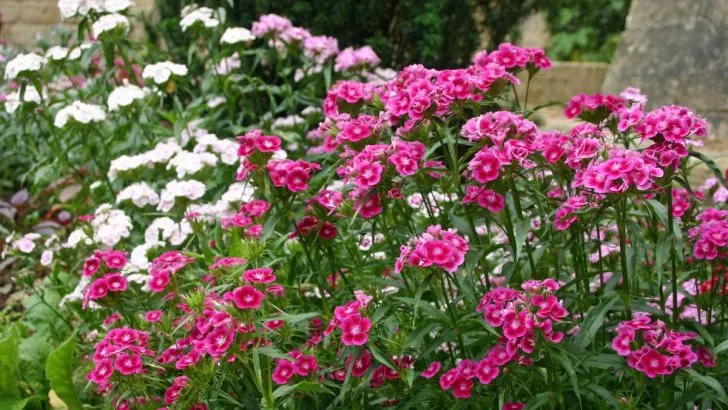Sweet William (also known as Dianthus) is one of those flowers that will take your breath away when you see its stunning pink blossoms filling your garden!
You’re probably wondering what it takes to help this charming plant grow into a magnificent bloom. Luckily, it’s pretty simple—all you need is to bring some good vibes to your garden and create the ideal setting for these flowers!
Get ready to throw a warm welcome party for your Dianthus. I’m here to help you set the stage so that these beauties can bloom in all their glory.
Let’s dive right in!
Get Ready for a Pink Wonderland!

It’s clear Dianthus has captured your heart, and the good news is, you can return the favor! Here’s the secret:
• Give them plenty of sunlight! These flowers love soaking up the rays. The only time they might mind the sun is on those scorching summer days, but until then, they’ll bask in it. One of the most crucial steps for their blooming success is making sure they get enough light!
And don’t worry—these blooms are quite resilient when it comes to chilly weather! If you’re ever caught off guard by a cold snap, rest easy knowing that your Dianthus will keep standing strong.
• Keep them well-watered! Don’t forget to hydrate your plant with some fresh water. The best time to water them is in the morning—perfect if you’re an early bird!
But if you’re more of a night owl like me, no worries! You can give your Dianthus a refreshing drink in the late afternoon too. Just grab your favorite iced coffee and enjoy the moment with your plants!

• Plant them in well-draining soil! While these flowers can thrive in various soil pH levels, they especially love neutral to slightly alkaline soil. A soil tester will be a handy tool for making sure they’re happy in their spot!
• Feed your blooms! Dianthus can be quite the foodies when it comes to fertilizer. They’ll appreciate a good meal every six to eight weeks to keep them thriving!
• Give your plant a stylish trim by deadheading. Yes, you read that right! It’s time to play plant hairstylist and snip away the spent blooms. This helps stimulate new flower growth!
Just don’t go overboard. No one likes leaving the salon with hair that’s way too short, right?
Nothing’s Perfect – Here’s a Small Dianthus Downside

If you’ve got a pup like I do, be cautious when you let them run around outside for their zoomies. This goes for cats too—Dianthus can be toxic to your furry friends!
To keep your curious pets from nibbling on these lovely flowers, I came up with a clever solution—fencing. I put up a little wooden fence around my Dianthus and painted some flowers on it for a cute garden decoration. It keeps the pups at bay, and I’ve added a pop of creativity to my space!
As for the cats, sprinklers are your best friend. Once they see the water, your Dianthus will instantly lose its appeal!
But if your pets somehow manage to get into your Dianthus, don’t panic! Just rush them to the vet, and they’ll take care of things in no time.
Now, dear reader, you’re officially a pro at tending to your future flowers! All that’s left is to grab some seeds and watch the magic unfold each day in your garden.
I won’t keep you any longer—because I know you’re probably eager to get started and grow these beauties ASAP!
Happy planting season! 🌸


